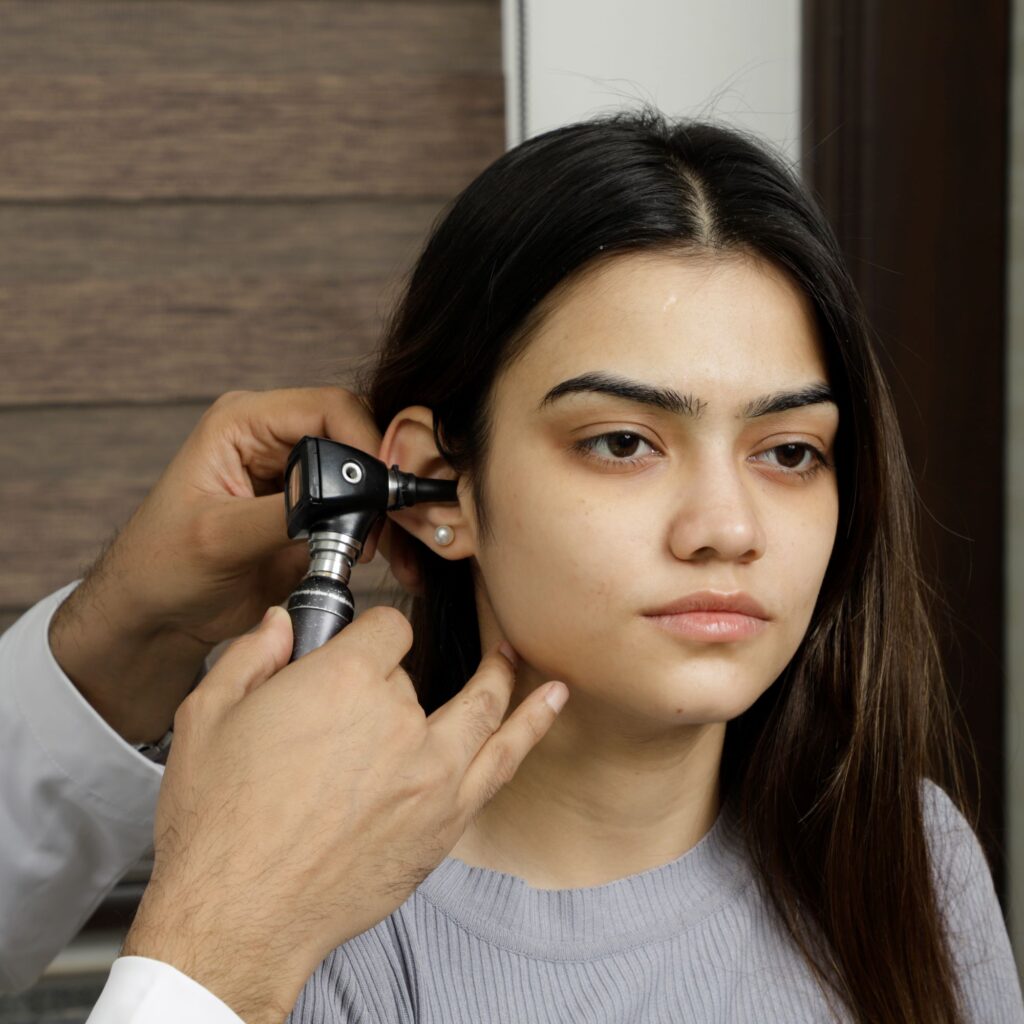Grommet
Grommet
Grommet, also known as a tympanostomy tube, is a small tube that is surgically inserted into the eardrum to alleviate chronic ear infections or other ear conditions. The tube helps to ventilate the middle ear and drain any excess fluid that may be present, preventing the build-up of pressure that can lead to hearing loss, pain, and other complications.


Causes
- Eustachian Tube Dysfunction
– Blockage or malfunction of the Eustachian tube leads to pressure buildup in the middle ear, causing hearing loss and pain. - Chronic Otitis Media
– Prolonged inflammation and infection of the middle ear result in complications like hearing loss and pain if untreated. - Barotrauma
– Rapid air pressure changes (e.g., during flights or scuba diving) can damage the eardrum and middle ear, causing hearing loss and complications.
Treatment
- Procedure Overview
– Simple and safe surgery performed under general anesthesia. - Process
– Small incision in the eardrum, insertion of a tube for middle ear ventilation and drainage. - After Care
– Mild discomfort and ear discharge may occur. Keep the ear dry, avoid swimming until the grommet naturally falls out or is removed by a doctor. - Effectiveness
– Typically relieves symptoms of chronic ear infections and other ear conditions. - Potential Issues
– Grommet may fall out too soon or too late, or become blocked or infected, requiring additional surgery. - Overall Safety
– Generally safe and effective, but risks and complications should be discussed with a doctor before the procedure.

Expectations
- Relief from Symptoms
- Improved Ventilation
- Prevention of Complications
- Simple and Safe Procedure
- Improved Quality of Life
Downtime
Immediate Postoperative Period:
1. Mild discomfort or pain may be present, but this is usually well-managed with over-the-counter pain medication.
2. Some patients may experience mild dizziness or nausea, but these symptoms typically subside quickly.

